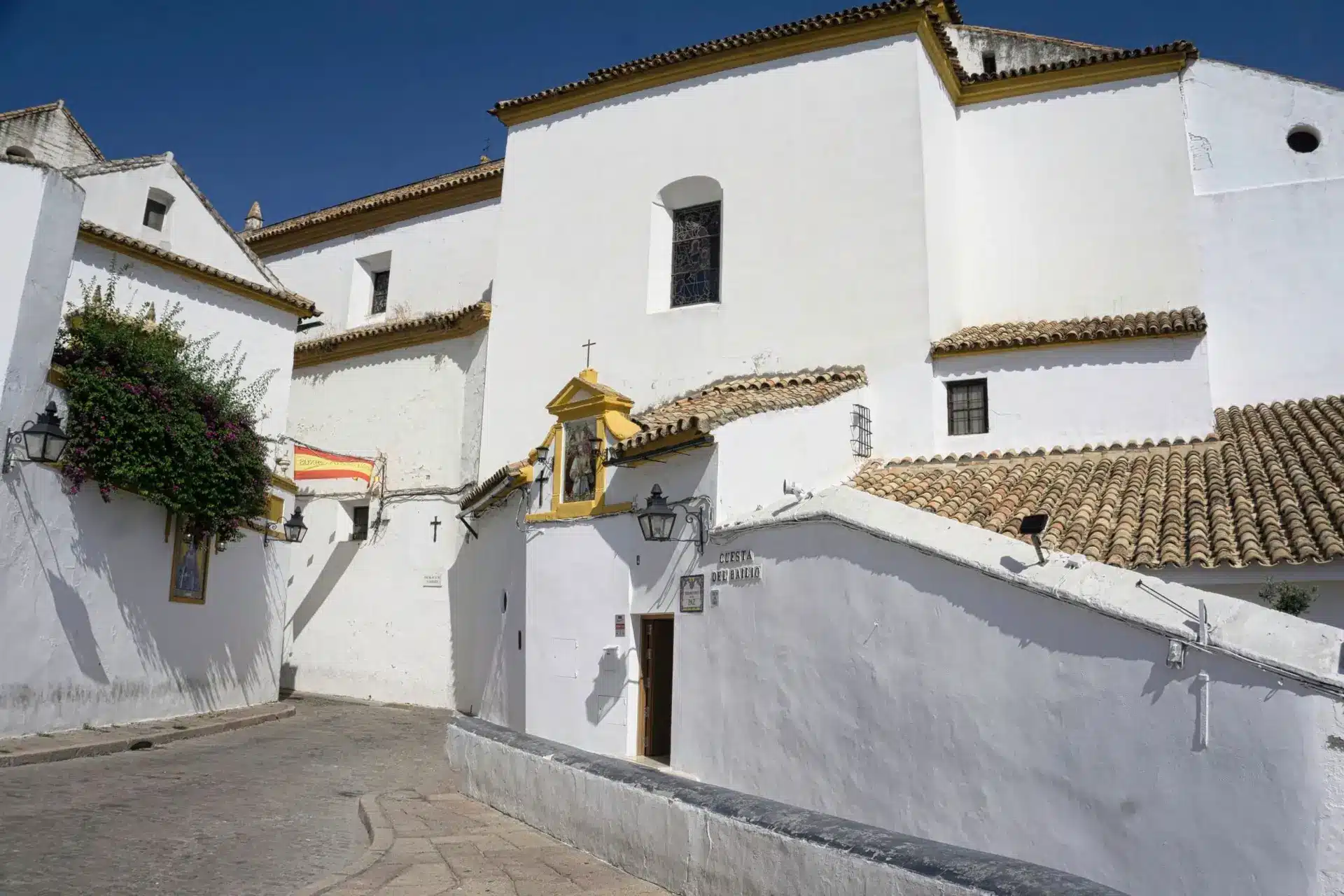Spain

Spain is an extraordinary destination filled with strikingly diverse landscapes, bustling cosmopolitan cities, and a vibrant, colourful culture that has captivated travellers for centuries.
From the rugged mountains of the Pyrenees to the sun-drenched Mediterranean beaches and everything in between, it is a country that truly has it all.
Spain offers endless possibilities and many experiences. Whether you’re drawn to the historic architecture of Madrid, the fresh seafood along the coast, or the flamenco rhythms of Andalusia, this beautiful country has something to delight every traveller.
With a rich history and stunning natural beauty, visitors can discover a vibrant and dynamic culture, tantalizing cuisine, and countless sights and attractions that will leave them breathless.
So come and visit this fantastic country and experience the warmth, hospitality, and culture that make this place one of the world’s most enchanting and sought-after destinations.
Keep In Mind

*Eating out in Madrid can be cheap if you know where to go. Walking along the little streets, you will find a restaurant with good sangria and tapas. But remember to take a picture of the street if you want to return (we couldn’t return to some of them). Lesson learned!
*Drinking alcohol in public places is illegal, but you can enjoy your drink outside if you sit in one of the many terraces around the city. Spaniards love meat, so there isn’t much on offer for vegetarians. It’s best to research in advance to find convenient places to eat green during your trip.
*The Spanish dining schedule is a bit different. The peak hours are between 2–4 p.m., 9- 11 p.m., 4 p.m., and 9–11 p.m. Consider dining before or after these times to savour your meal without the rush.
*Spring and fall are the temperate seasons of the year and the most attractive seasons for visitors.
*Comfortable shoes are essential for your Madrid trip. You’ll walk a lot with so much to see and explore, so make sure your feet are happy!
What To Expect
Language: The official language is Spanish; some speak French or English.
Currency: The currency is the Euro.
Credit Cards and ATMS: If you go off the beaten track, you will only have problems finding ATMS in Spain. If you’re spending time in an isolated area, it’s best to keep enough cash on you for the basics.
Mastercard and Visa are usually the choices at most machines, restaurants, and shops. You can find out that most places don’t want an Amex card.
Plugs: In Spain, the plugs are of type C and F, with a standard voltage of 230 V and a frequency of 50 Hz. To ensure you can use your electronic devices without issues, it’s recommended that you invest in a universal adapter with surge protection.
Safety: Spain is known for its safety, being one of the safest European countries. While the crime rate is low, it’s essential to be cautious of pickpockets in the metros and crowded tourist areas. Use safety locks, anti-theft Bags, and RFID technology to enhance your safety.
ETIAS will start operations in the last quarter of 2026.
No action is required from travellers now.
The European Union will inform about the specific start date for ETIAS several months before its launch.
Do While InSpain
Tipping
– Tipping isn’t as customary or expected in Spain as in other countries. Leaving a small tip (5-10%) or rounding up the bill is sufficient.
Bring only a few clothes.
-The shopping is WOW!! There are options for every budget and style. On top of that, if your visit coincides with a sale, you could get some fantastic bargains. I always buy clothes.
Dress Smartly for a Night Out
Spaniards love dressing up, especially for evening outings. To fit in, add a touch of elegance to your attire.
The Tapas Culture
– Try small plates like patatas bravas, jamón ibérico, and gambas al ajillo. Share dishes with friends and pair them with local wine or sangria. Some regions, like Granada, offer free tapas with your drink!
Adjust to Spanish Time
– Adopt the local schedule. Enjoy a late lunch (around 2 PM) and experience the vibrant nightlife, even if it’s just for a leisurely evening stroll.
Visit Local Markets
– Check out markets like Madrid’s Mercado de San Miguel or Barcelona’s Mercat de Sant Josep (La Boqueria). They’re great for fresh produce, snacks, and authentic meals.
Explore Regional Diversity
– Spain is more than flamenco and paella. Visit the Basque Country for pintxos, Catalonia for modernist architecture and Celtic vibes, and Andalucía for Moorish palaces like the Alhambra.
Learn Local History
– Visit iconic sites like the Sagrada Família in Barcelona, the Alhambra in Granada, and the Prado Museum in Madrid. Each tells a unique part of Spain’s story.
Enjoy the Sierras and Beaches
– Hike in the Pyrenees or Sierra Nevada, or relax on the beaches of Costa del Sol or the Balearic Islands.
Engage with Locals
– Spaniards are warm and friendly. If you attempt some Spanish, even if it is essential, people will appreciate your effort.
Take Advantage of the Tren
– Spain has excellent high-speed trains (AVE). Use them to visit nearby cities like Segovia, Toledo, and Córdoba for a day trip
Don't
Eating at the Wrong Times
– Spaniards have a different meal schedule. Lunch is typically from 2–4 pm, and dinner starts late, often after 9 pm. Refrain from arriving too early at restaurants as many might still be closed.
Skipping Siesta Considerations
-In smaller towns, many shops and restaurants close in the afternoon for a siesta (typically 2–5 pm). Plan your day accordingly.
Avoid making noise during siesta time in smaller towns. Loud activities might be seen as inconsiderate.
– Many small shops and businesses close on Sunday and during siesta hours. Plan shopping trips.
-Don’t expect shops to open in the middle of the day.
Don’t eat early.
The Spanish dining schedule is quite different from that of many other countries. Most restaurants open at 8 or 9 pm for dinner, and it’s not uncommon for locals to enjoy their meals late into the night.
-This is part of the relaxed and social dining culture in Spain.
-Lunchtime is usually between 13:00 and 15:30. Happy Hour is throughout the day.
Assuming Everyone Speaks English
– While many Spaniards speak some English, learning basic Spanish phrases is polite. A simple “hola” (hello) or “gracias” (thank you) goes a long way.
Expecting Fast Service
Dining in Spain is a leisurely experience. Don’t rush; meals, especially tapas outings, are meant to be enjoyed slowly.
Touching Market Produce Without Permission
– In markets, it’s common for vendors to handle the produce for you. Don’t pick up fruits or vegetables without asking.
Ignoring Local Customs in Religious Spaces
– Spain has many beautiful churches and cathedrals. Dress modestly and be quiet in these sacred places. Flash photography is often prohibited.
Don’t expect to see a bullfight in Barcelona.
-Catalonia was the second Spanish region to ban this bloodsport after the Canary Islands.
Don’t stick to the main cities only.
-While Madrid, Barcelona, and Toledo are magnificent cities, they don’t take advantage of the other half of Spain’s magic- its charming countryside and lesser-known villages.
Exploring these areas is a unique travel experience that will leave a lasting impression.
Take the train to visit other charming villages. It is a memorable travel experience without spending a fortune or being bothered by huge tourist crowds.
Don’t walk long distances.
-If everything is far, take the bus or the hop-on, hop-off buses.









